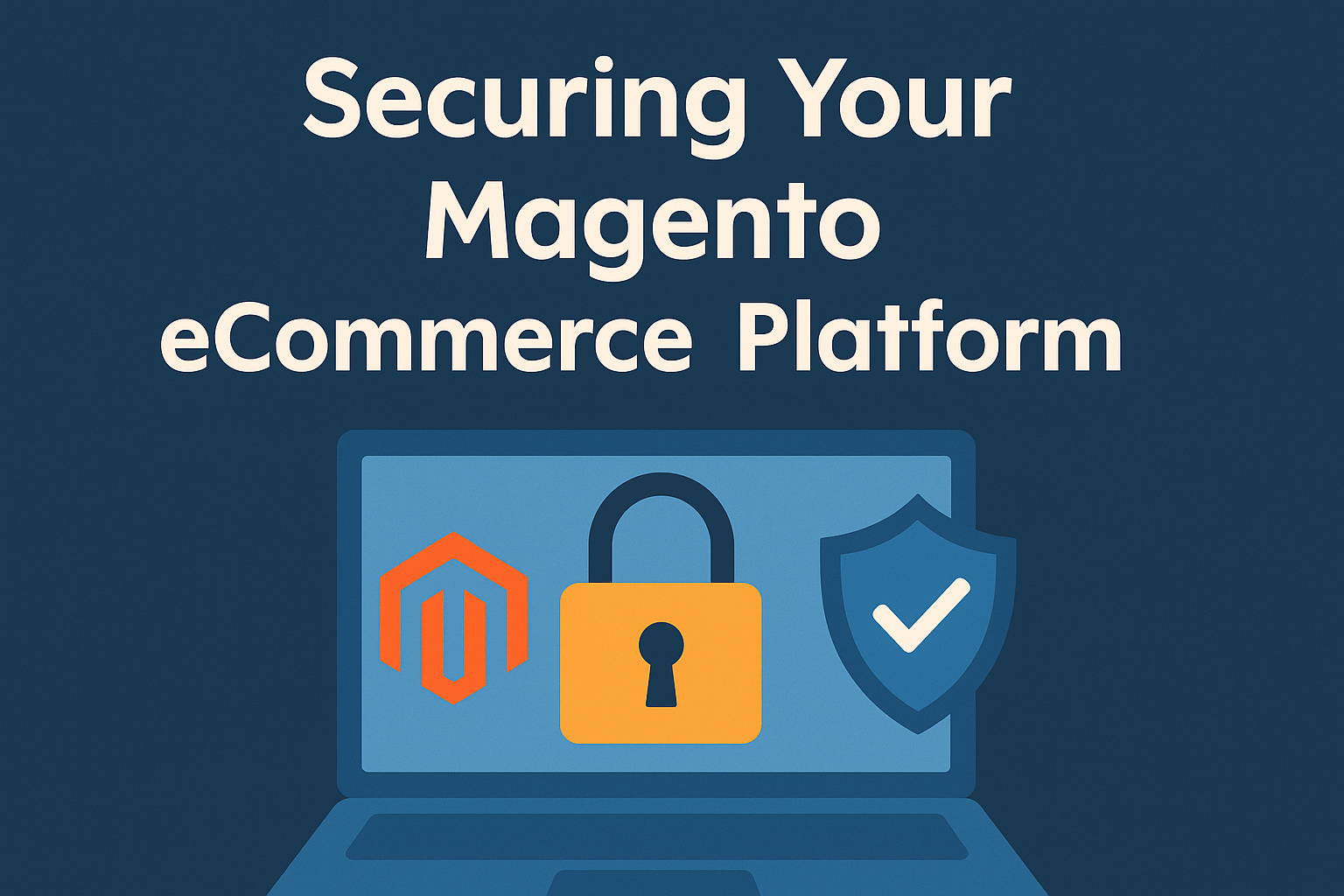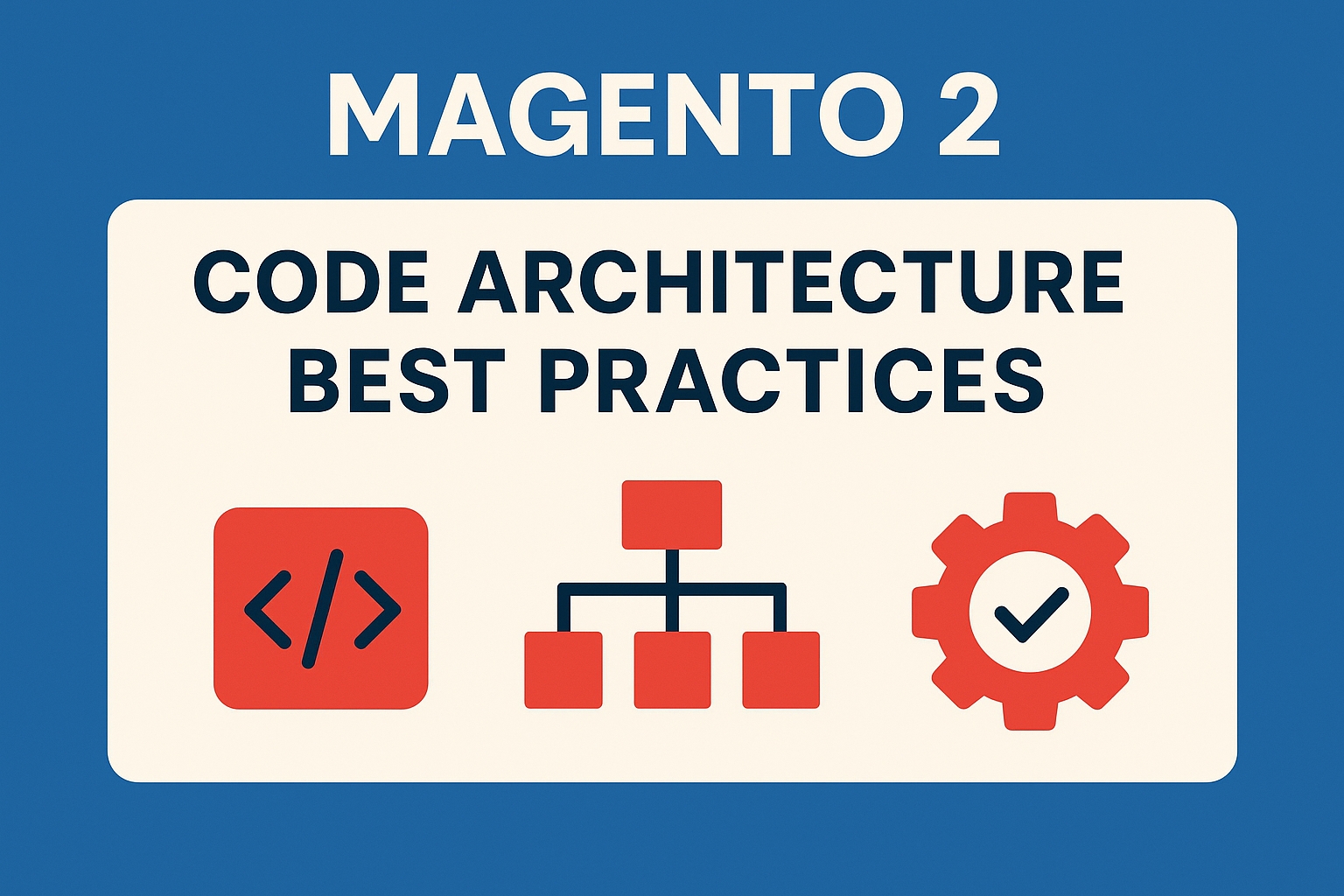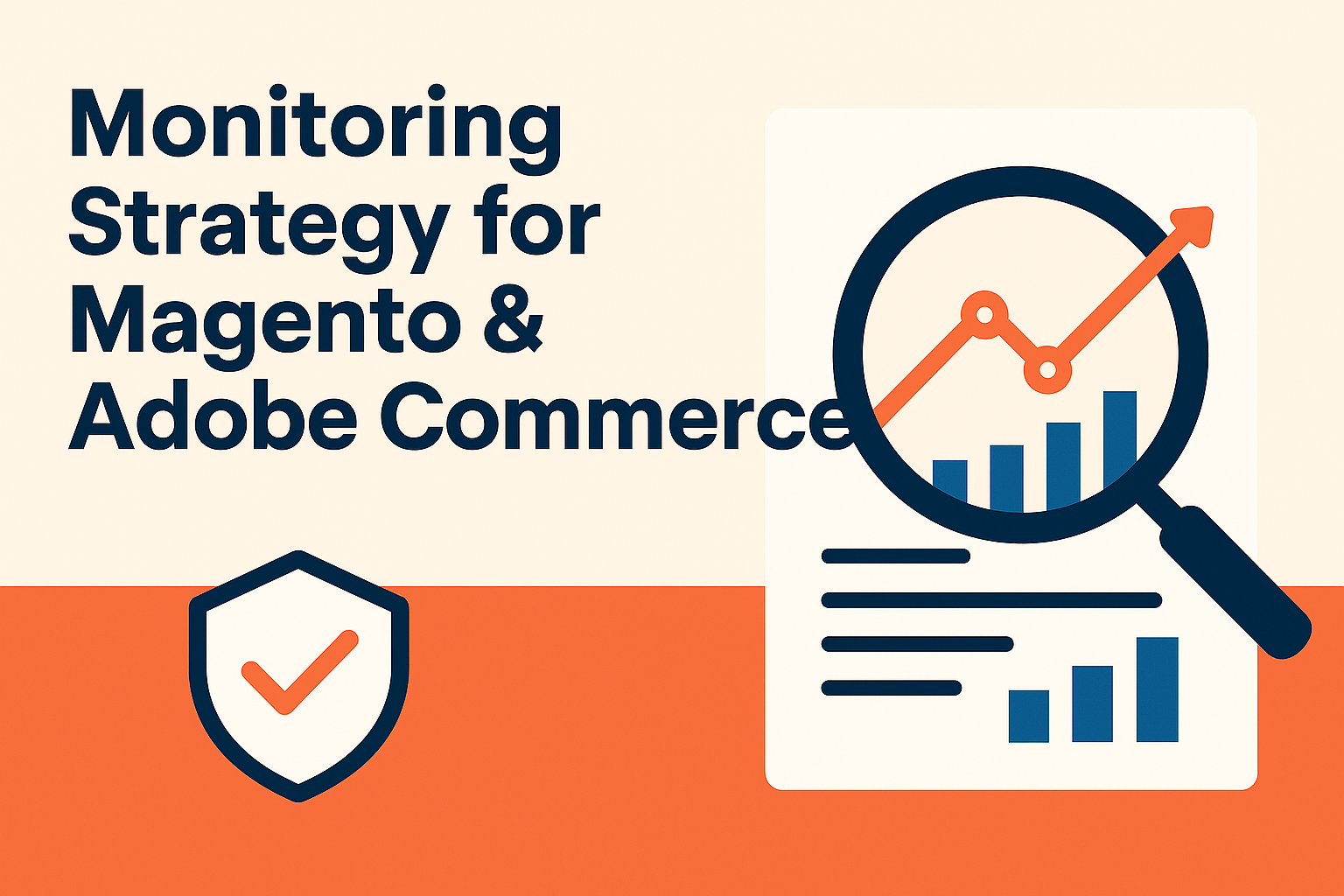Magento 2 Code Architecture Best Practices
Follow Magento 2 code architecture best practices to build clean, modular, scalable eCommerce solutions that are easy to test, extend, and maintain.

Table of Contents
Security is foundational to protecting customer trust, maintaining revenue, and safeguarding brand reputation. Magento development — whether Open Source or Adobe Commerce — powers many mid-market eCommerce operations, making it a frequent target for attackers. For businesses generating $5M–$100M annually, strong security practices aren’t just about compliance — they’re about ensuring business continuity and supporting growth.
The following checklist blends essential Magento security practices with optional Adobe Commerce–specific enhancements, giving CTOs and CMOs a roadmap to a layered and proactive defense strategy.
Regularly apply security patches via Composer and only install extensions from reputable developers to prevent vulnerabilities. Consider working with an experienced Magento support partner to ensure timely updates.
Change the default admin URL, enforce 2FA on all accounts, and restrict access by IP to minimize brute-force attack risks.
Limit users to only the permissions they require, reducing the chance of accidental or malicious misuse.
Use SSL/TLS to secure traffic across the entire site, not just at checkout.
Deploy a Magento-aware WAF such as Cloudflare to filter out injections, cross-site scripting attempts, and malicious bot traffic.
Use PCI DSS–compliant hosting and avoid shared environments in favor of VPS, dedicated, or Magento-managed hosting for better isolation and performance.
Schedule daily or incremental backups, stored securely offsite or in the cloud, and test restoration regularly.
Security isn’t static. Once the foundation is set, organizations need to maintain vigilance through active monitoring, scanning, and team training. These ongoing practices ensure threats are caught early and addressed before they impact operations.
Run automated scans (e.g., Qualys, Rapid7) and periodic penetration tests to uncover weaknesses before attackers do.
Use APM tools like New Relic or Datadog for real-time visibility into performance anomalies and suspicious activity.
Enable detailed audit logs and IDS solutions to track user actions and detect unusual patterns.
Regularly train employees to recognize phishing attempts, follow password best practices, and use secure password managers.
Maintain a documented response playbook with clear roles, escalation paths, and communication protocols for handling breaches.
Open Source merchants often need to layer in additional tools for protection, since some capabilities aren’t provided natively. These optional enhancements improve resilience without adding significant overhead.
Run regular malware and integrity scans to detect compromised code.
Add bot protection on checkout, login, and form submissions to prevent fraud and abuse.
Adobe Commerce development includes built-in features that reduce the merchant’s operational security burden. For businesses operating at scale, these tools add an additional layer of managed protection.
Integrated Fastly CDN provides a managed firewall and bot mitigation service.
Adobe automates patch deployment through controlled pipelines to minimize human error.
Separate databases for checkout, orders, and catalog functions enhance both scalability and isolation of sensitive processes.
Adobe’s managed hosting includes built-in redundancy and PCI DSS–certified backup and recovery capabilities.
Securing a Magento store is not a one-time task but an ongoing commitment that must evolve alongside your business and the threat landscape. For mid-market eCommerce strategy leaders, a mature security posture protects revenue, brand equity, and operational continuity. As threats evolve, your security strategy must scale with your business — layered, proactive, and continuously maintained.

Follow Magento 2 code architecture best practices to build clean, modular, scalable eCommerce solutions that are easy to test, extend, and maintain.

Practical guidance for technical eCommerce managers on preventing, monitoring, diagnosing, and resolving issues in Magento and Adobe Commerce.

Explore how to optimize Magento 2 search and learn the differences between Adobe Commerce and Magento Open Source when it comes to search capabilities.